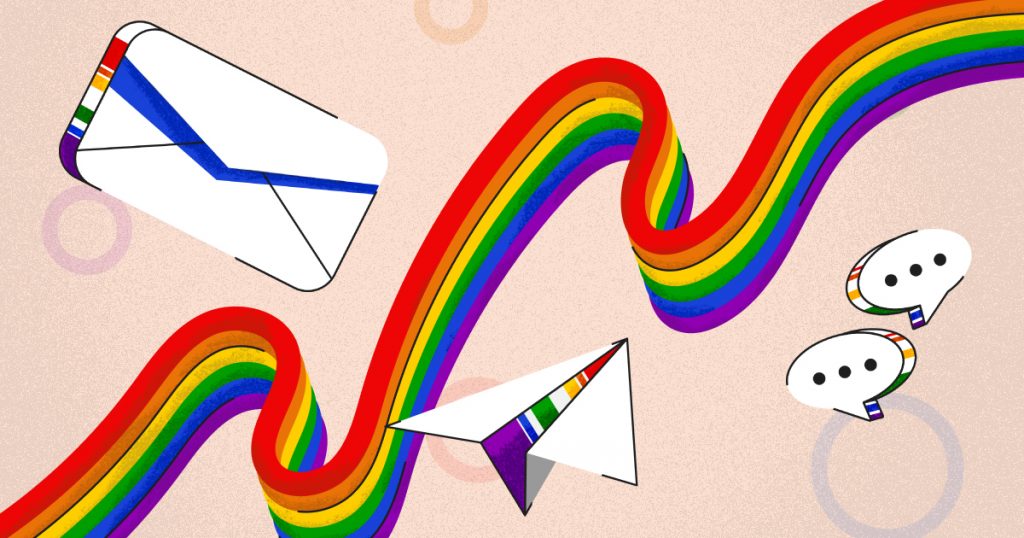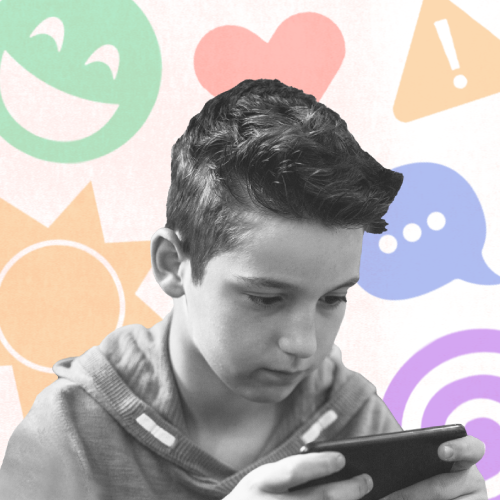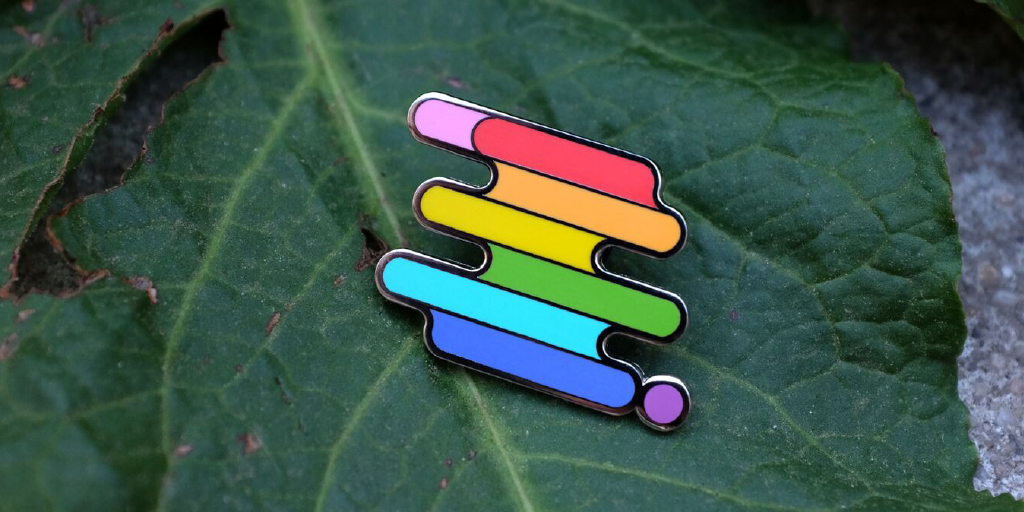
Only a couple decades ago, lesbian, gay, bisexual, and transgender (LGBT) children kept to themselves and tried to act “normal." Unfortunately, the statistics continue to show that LGBT bullying happens far more than what their straight peers experience.
LGBT Bullying by the Numbers
Groups of kids who may be more susceptible to bullying include:
- Those who are perceived as different from their peers in some way. This includes being obese, homosexual, disabled, or socioeconomically challenged.
- Kids perceived to be weak.
- Those who have low self-esteem, depression, or anxiety.
- Kids who have fewer friends than others.
- Kids who simply do not get along well with others for any reason.
Statistics also show that LGBT teens are two to three times as likely to commit suicide. Some 30% of successful suicides among preteens and teens were the result of an identity crisis. LGBT kids are five times more likely to avoid school due to the fear of bullying. 28% claim that bullying forced them to drop out of school. Nine out of every ten LGBT teens report that they are bullied in school.
How to Help LGBT Kids with Bullying
If you are a parent, caregiver, or teacher who is trying to help an LGBT child dealing with bullying at home or at school, there are several things you can do.
- Support the child. Validate your child's feelings. Let them know that it’s okay to talk to a trusted adult when they are being bullied.
- Reassure the child that there are plenty of people who care, whether this means close friends, family members, or even teachers.
- Help the child address the bullying issue. Some of the best options include LGBT youth support groups, one-on-one counseling, plenty of time spent doing family activities, and more.
- Get involved with the school’s anti-bullying program. If there is no anti-bullying program, suggest one, and work to get it implemented.
- Listen to the child when he or she needs to talk. Often, talking to someone about bullying and harassment is emotionally difficult. If a child comes to you with this problem, they are truly struggling and seeking a safe place to discuss it.
Resources
LGBT bullying is never easy to deal with, but it's especially hard at a time when kids are confronted with many difficult decisions and need a support system. Sign up for Bark, which helps keep teens safe online by providing alerts to potential issues like cyberbullying and depression or suicidal thoughts. Being there for these youth, supporting them, and guiding them to get the help they need is important for their well being.
Read more
Bark helps families manage and protect their children’s digital lives.




